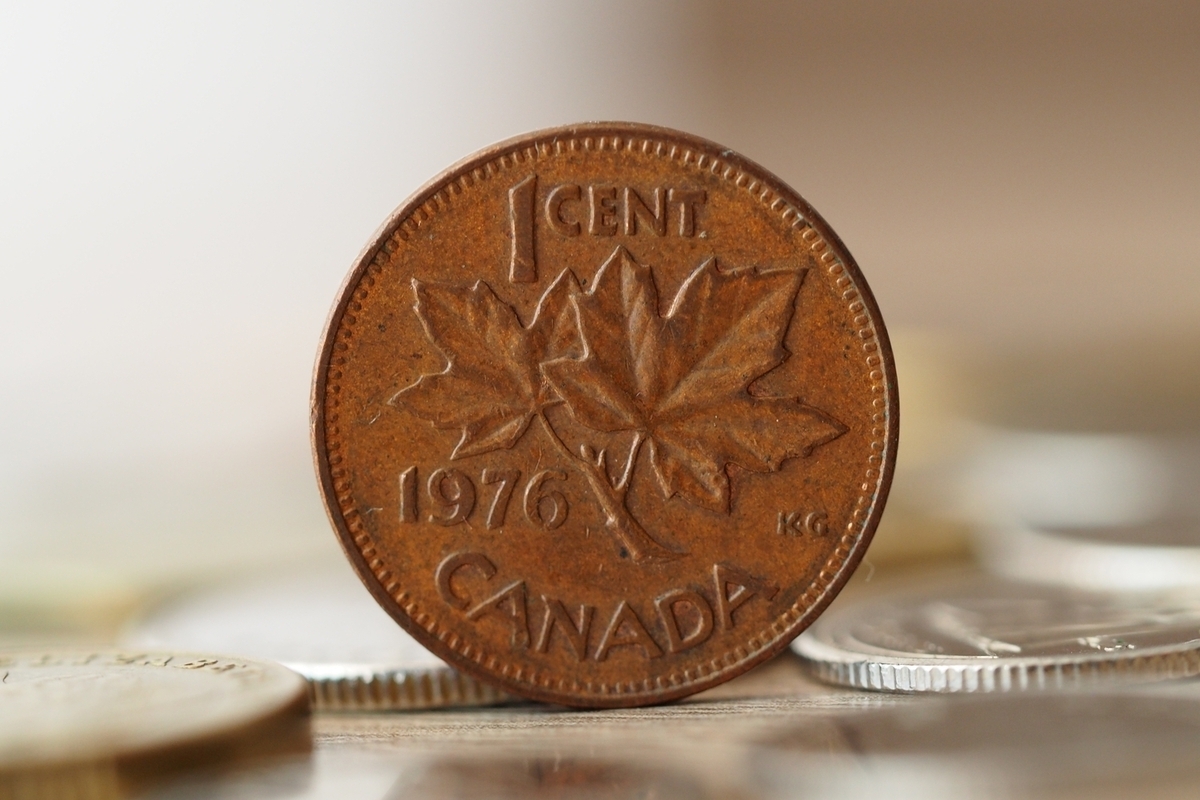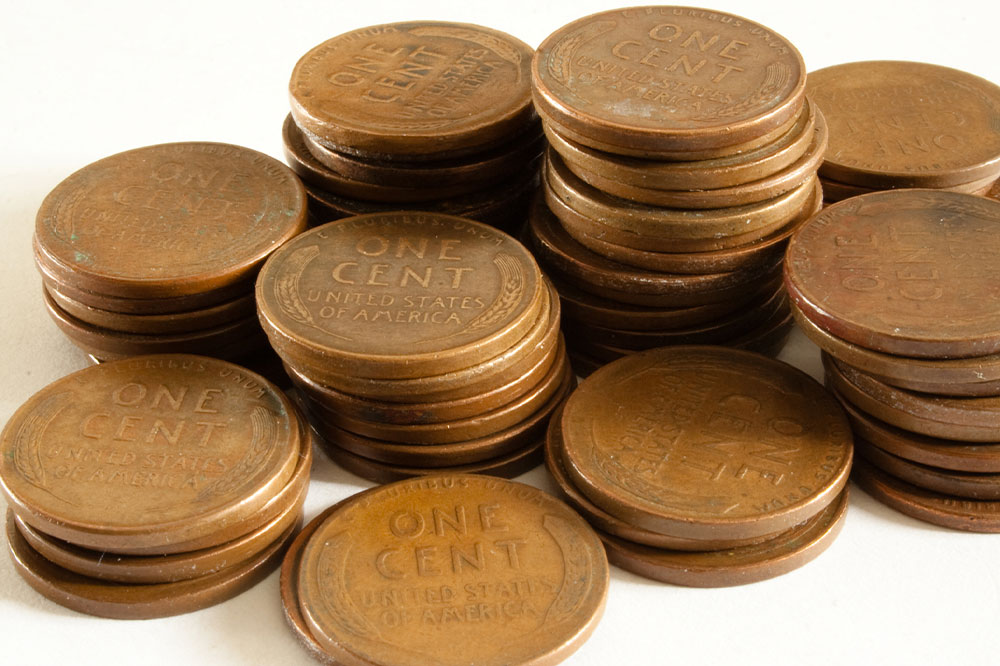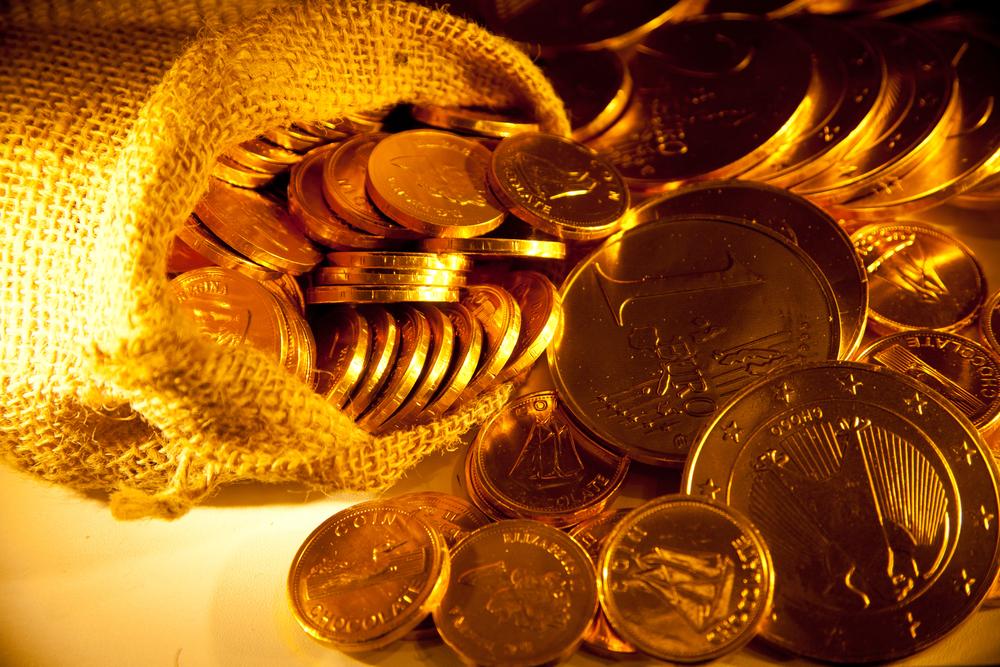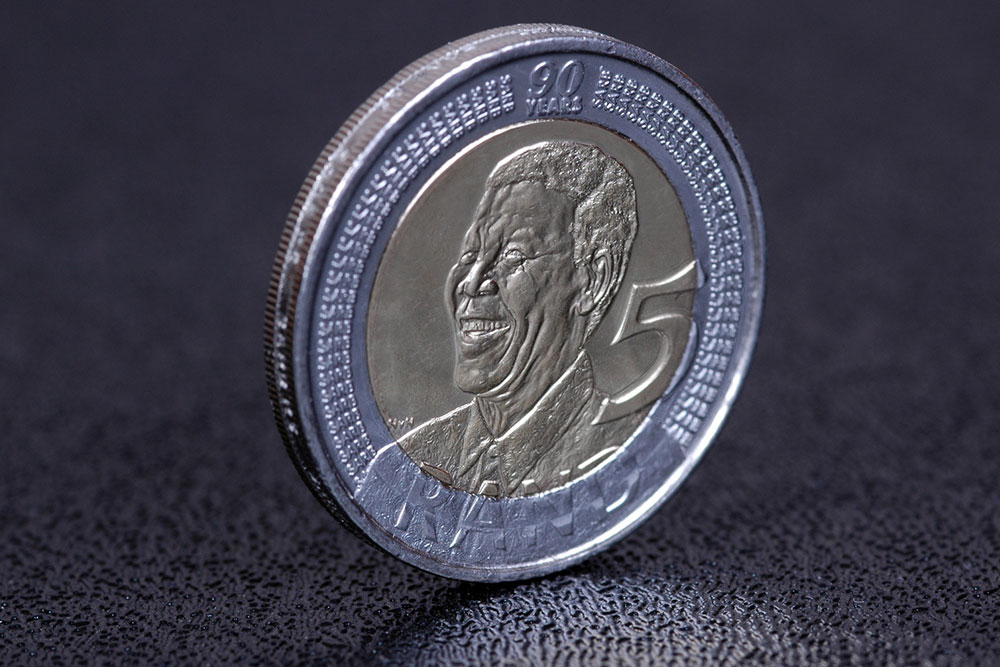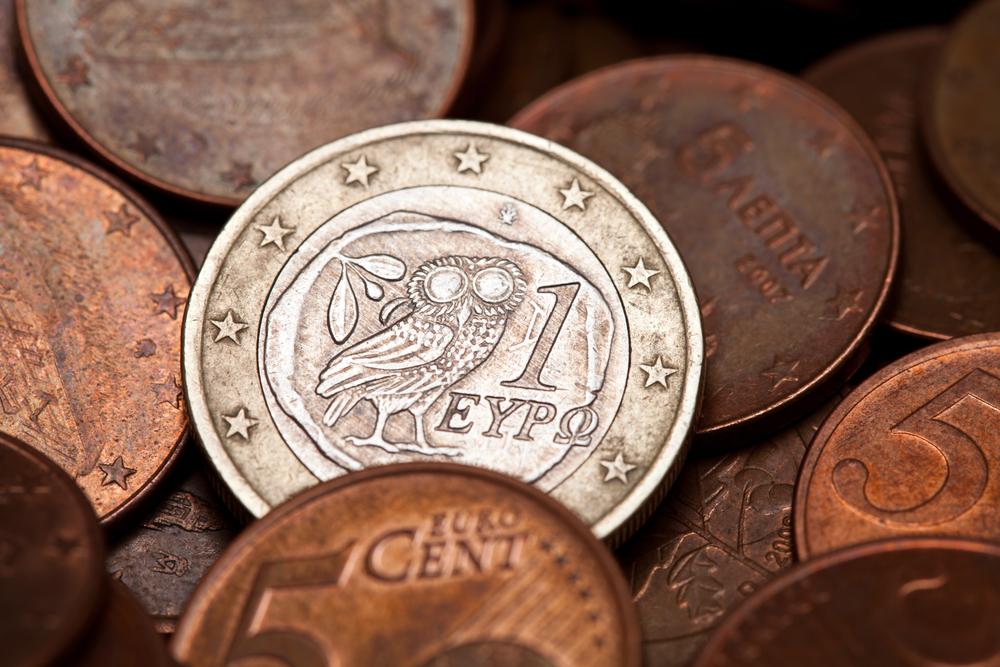Mexican Numismatic Heritage: Rare and Valuable Coins Through History
Explore Mexico’s rich numismatic legacy through its most valuable coins, from pre-Columbian trade items to modern bullion. Discover their historical stories, artistic designs, and investment potentials, making them prized collectibles worldwide and reflections of Mexico’s cultural journey.
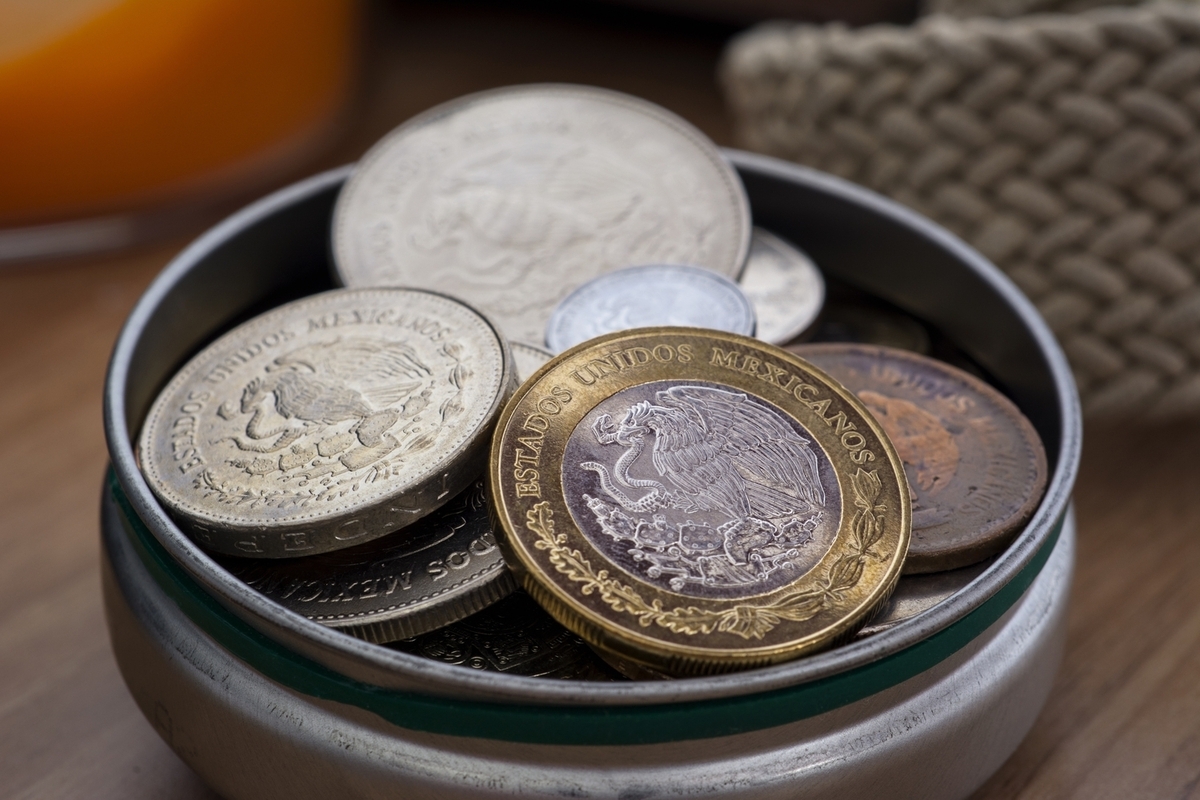
Mexico’s numismatic history reflects its rich cultural legacy, dramatic historical shifts, and economic evolution. Its coins are prized not only for their monetary worth but also for their cultural and historical narratives. Collectors worldwide prize these rare coins because of their unique designs, material composition, and rarity. This article explores some of the most valuable Mexican coins and the stories they embody.
Pre-Hispanic Period: Early Forms of Mexican Commerce
Before Spanish colonization, indigenous groups like the Aztecs and Mayans used items such as cacao beans and feathers as currency for trading purposes.
With the Spanish arrival, the monetary systems changed dramatically. The Colonial Era: Foundations of Mexican Coinage
The establishment of Mexico’s first mint, Casa de Moneda de México, in 1535 marked the start of formal coin production in the country. Spanish silver coins, especially the "piece of eight," became widely circulated and highly valued.
8 Reales (Pieces of Eight)
This silver coin, minted in Mexico and other colonies, was significant for its consistent weight and high silver content, making it a trusted international currency. Collectors seek particular years or mint marks for added worth.
Post-Union: Mexico’s Currency Evolution
After gaining independence in 1821, Mexico introduced its currency, the peso. Coins from this period are very collectible.
1821 Imperial Coinage of Iturbide
Coins minted during the brief reign of Emperor Agustín de Iturbide bear historical value. These rare pieces are prized for their limited mintage and significance.
Coins from Emperor Maximilian’s Empire
The era of Emperor Maximilian I (1864-1867) produced notable coins, especially gold coins like the 1866 50 pesos, valued due to their gold content and historical importance.
20th Century: Revolutionary Era and Modern Collectibles
This period saw political upheavals reflected in the coins, including pieces from the Mexican Revolution and the modernization of the currency system.
The Caballito Peso
Minted between 1910-1914, this silver coin features Liberty on horseback and is highly sought after for its artistry and condition.
The Centenario
Issued in 1921, the 50 pesos gold coin commemorates 100 years of independence. It features the Angel of Independence and the Mexican coat of arms, holding significant gold value and cultural relevance.
Contemporary Collectibles: Precious Metals and Commemorative Coins
Mexico also produces popular modern bullion coins like the Libertad series. The Silver Libertad, introduced in 1982, is renowned for its design, high silver content, and rarity in limited editions. The Gold Libertad, launched in 1981, is valued for its gold content and collectible editions.
Mexican coins encapsulate the nation’s history, from ancient civilizations to modern times. They tell stories of cultural identity, political change, and economic development, making them treasured for both historical significance and investment potential.
Whether you’re an experienced collector or a curious novice, Mexican coins offer an engaging journey through history, revealing the country’s heritage and artistic achievements in every piece.
Disclaimer:
The content provided is based on research, data, expert opinions, and statistics. Variations may occur depending on sources and current market conditions. We do not assume liability for inaccuracies or differing interpretations. Always consult a financial or numismatic professional before making investment decisions or purchases.


